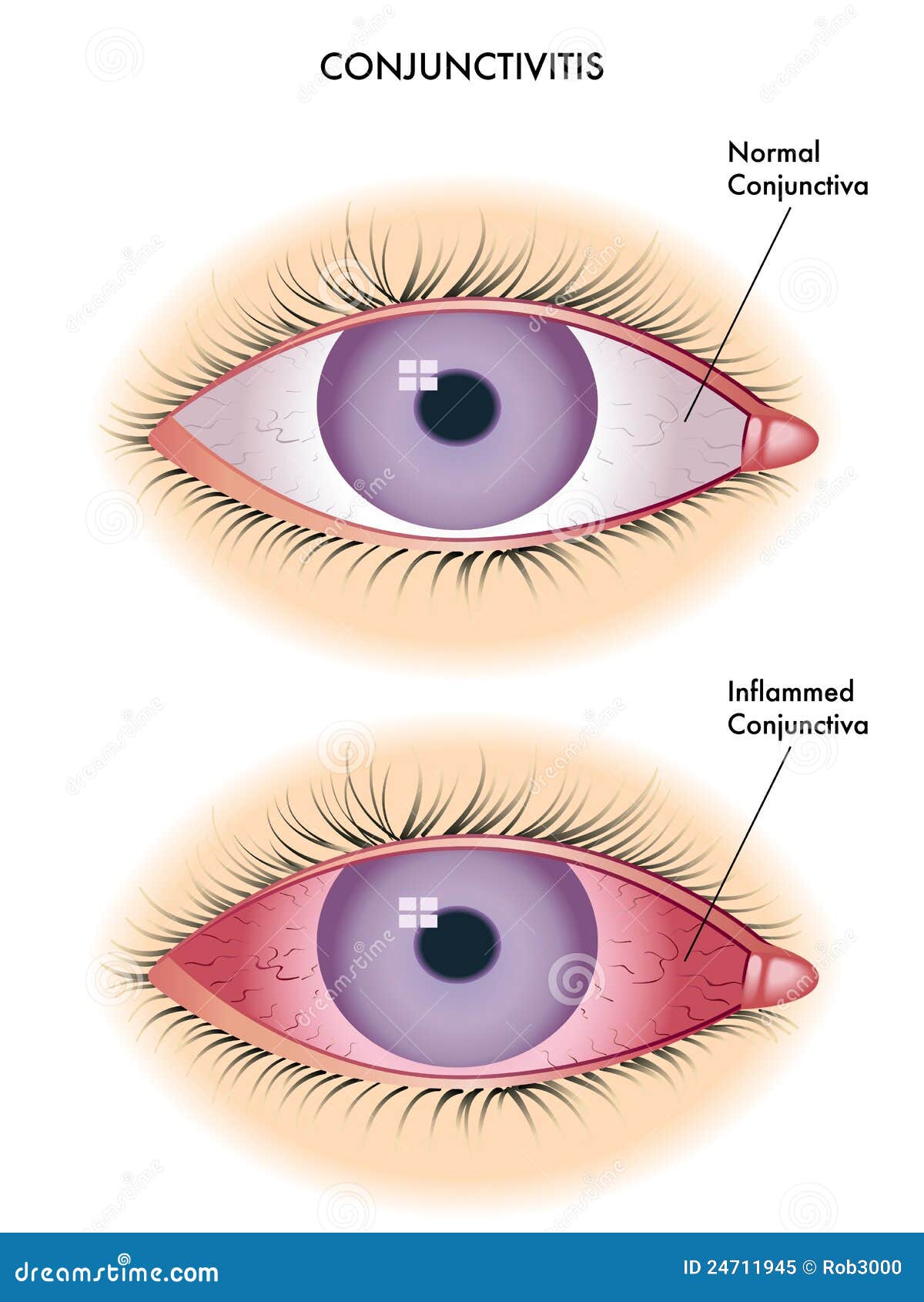Conjunctivitis, also known as pinkeye, is an inflammation of the conjunctiva. The conjunctiva is the thin clear tissue that lies over the white part of the eye and lines the inside of the eyelid.
Pinkeye has a number of different causes, including:
- Viruses Bacteria (such as gonorrhea or chlamydia)
- Irritants such as shampoos, dirt, smoke, and pool chlorine
- Allergies, like dust, pollen, or a special type of allergy that affects some contact lens wearers
Pinkeye caused by some bacteria and viruses can spread easily from person to person, but is not a serious health risk if diagnosed promptly. Pinkeye in newborn babies, however, should be reported to a doctor immediately, as it could be a vision-threatening infection.
What Are the Symptoms of Pinkeye?
The symptoms of pinkeye differ based on the cause of the inflammation, but may include:
- Redness in the white of the eye or inner eyelid Increased amount of tears
- Thick yellow discharge that crusts over the eyelashes, especially after sleep
- Green or white discharge from the eye
- Itchy eyes
- Burning eyes
- Blurred vision Increased sensitivity to light

See your eye doctor if you have any of these symptoms of pinkeye. Your eye doctor will conduct an exam of your eyes and may use a cotton swab to take a sample of fluid from the eyelid to be analyzed in a lab. Bacteria or viruses that may have caused conjunctivitis, including those that can cause a sexually transmitted disease or STD, can then be identified and proper treatment prescribed.The treatment for pinkeye depends on the cause.